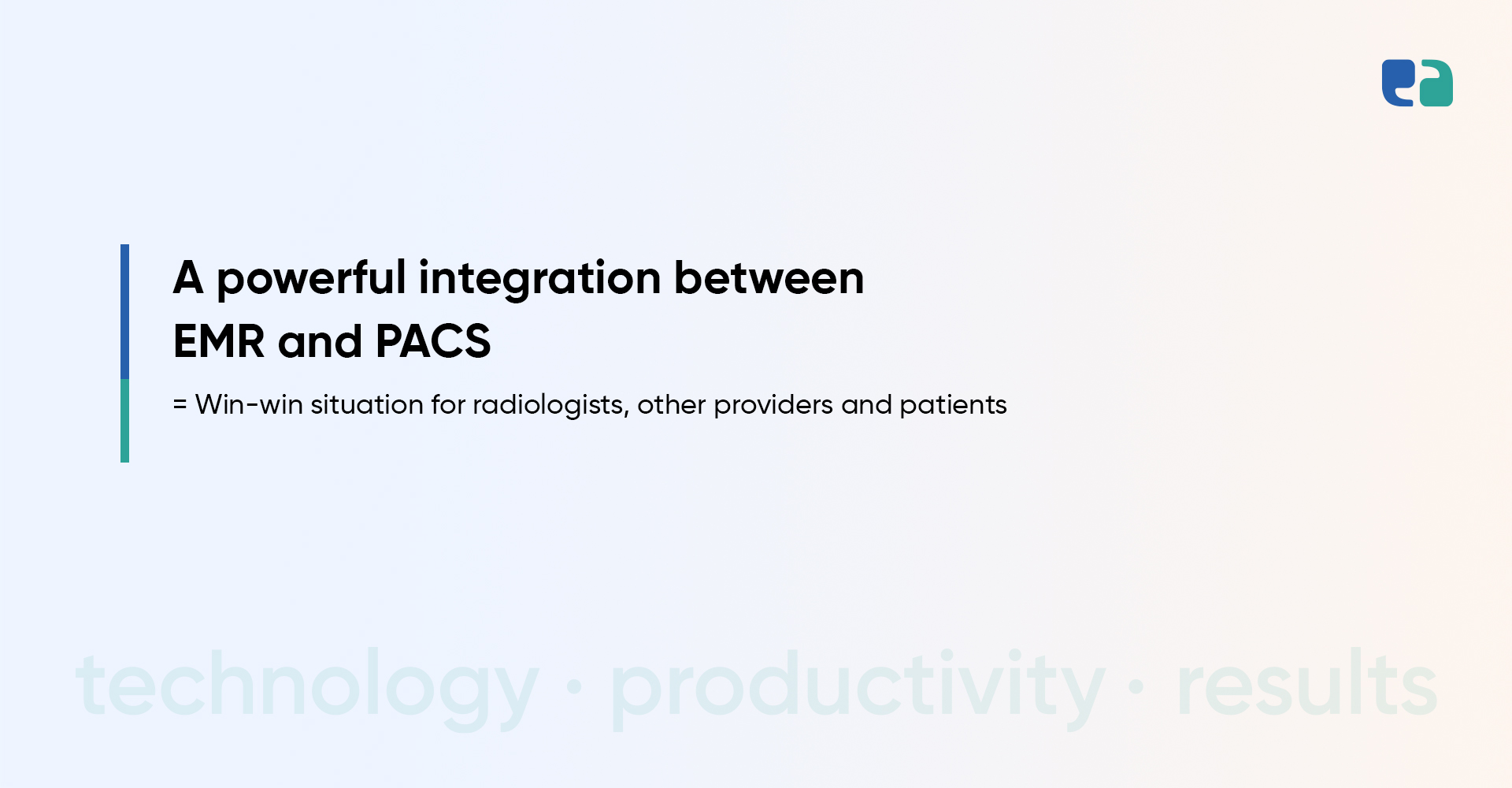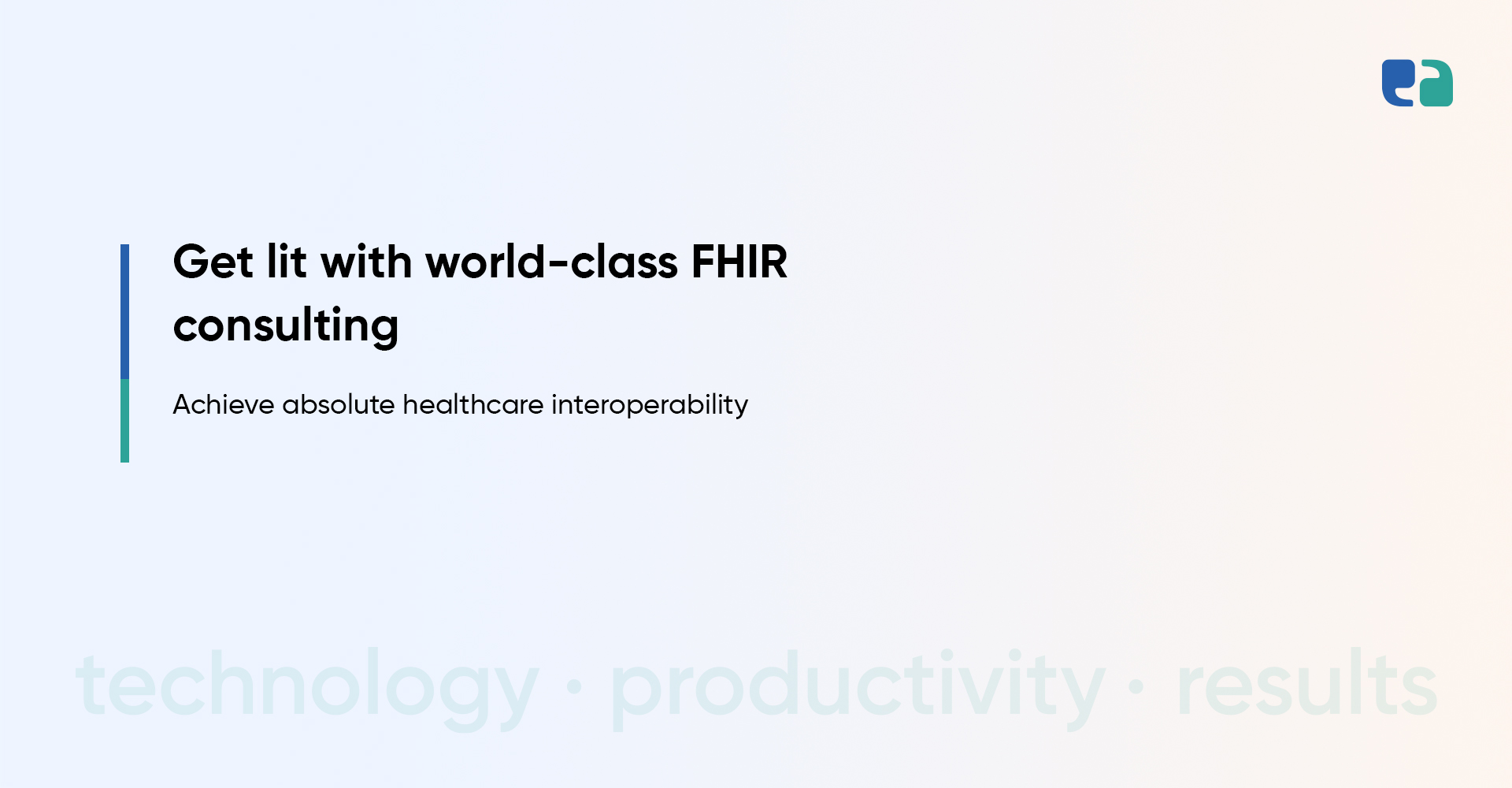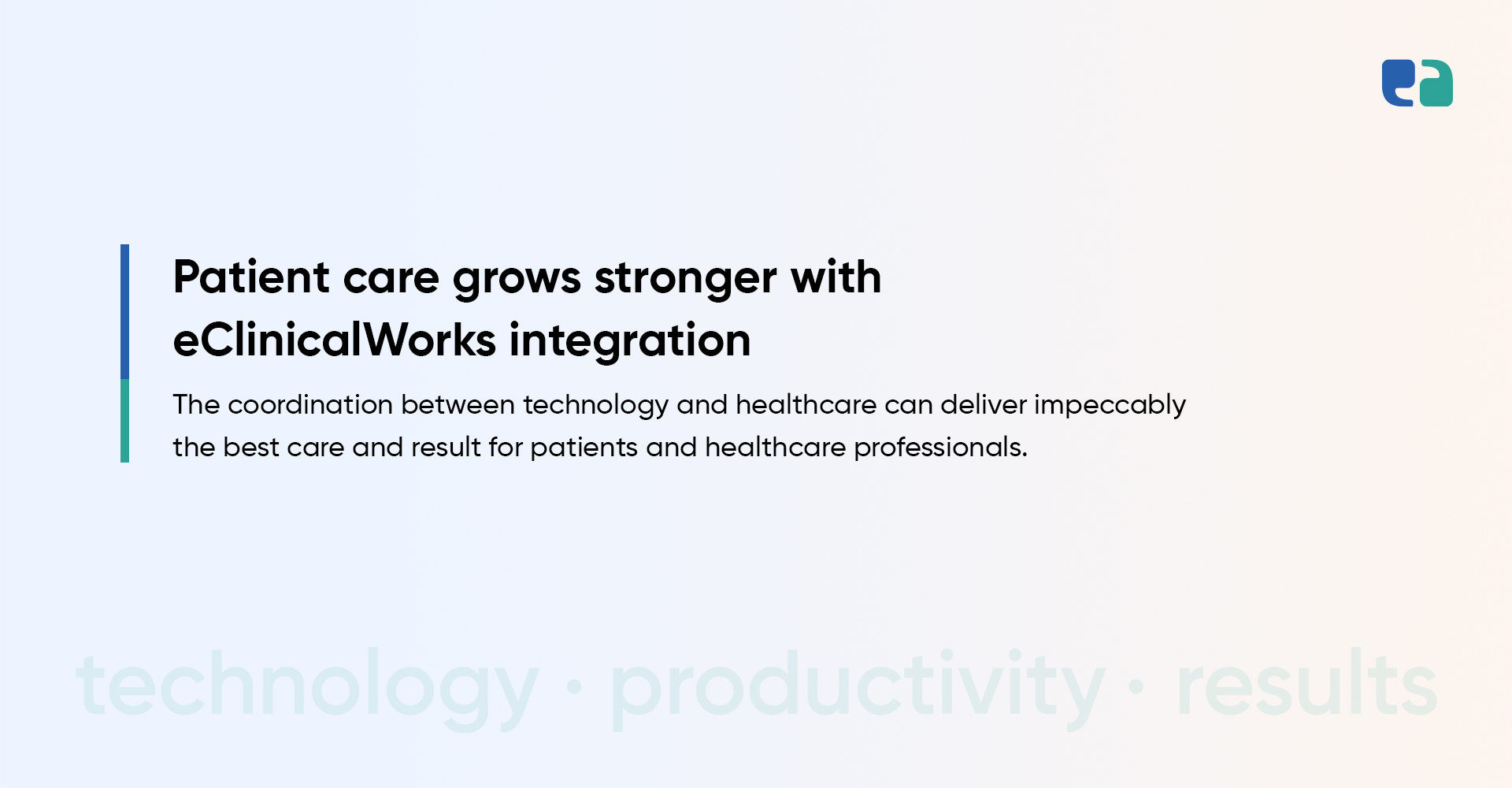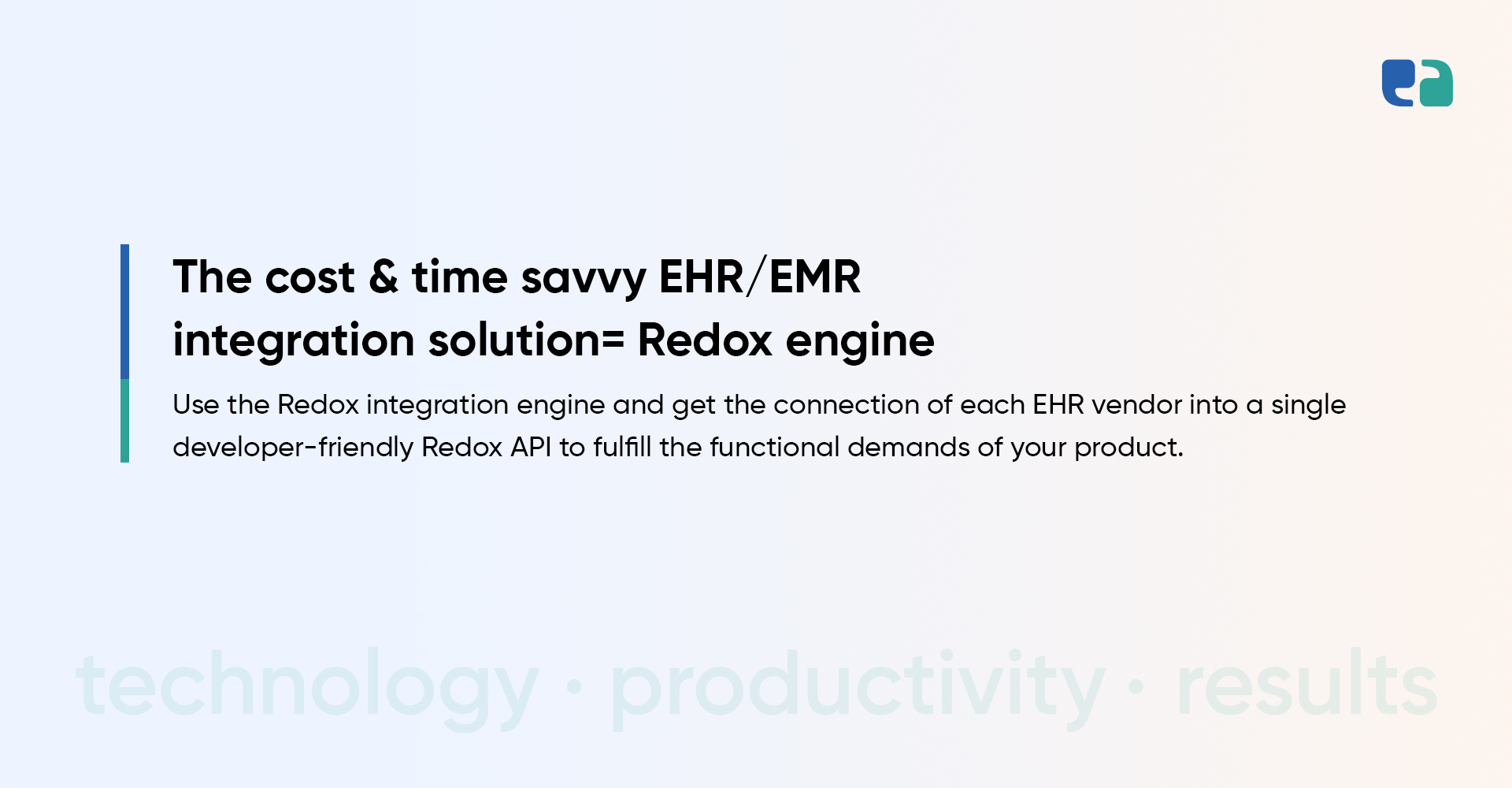Quick Summary: Take any job on this earth. It is all about the art of avoiding mess!
While the job remains constant in all cases, the only changing element here is ‘mess’.
All IT companies claim to be the most experienced and successful companies.
But you never have a chance to see the mess they create every day.
Because they don’t have any solid reason to master the art of avoiding the mess for one specific job which in this case is PACS integration.
PACS integration requires dedicated healthcare IT expertise and most importantly, healthcare IT passion.
And not all IT companies dare to invest in building both healthcare IT expertise and passion.
One simple way to recognize the IT company which has successfully mastered the art of avoiding healthcare integration mess is – it only entertains healthcare IT projects!
What is the real need for PACS integration with EMR?
We’ve been proactive in the healthcare IT industry for more than 7 years and one thing we observed very closely is that physicians, radiologists or any healthcare professionals are getting less comfortable if they are not having access to the clinical data of patients.
Talking specifically about radiologists, they spend the majority of their days on picture archiving and communications systems (PACS).
However, PACS only gives access to radiology images to radiologists. To access patients’ other clinical data, they have to open EMR separately on the same workstation or on another workstation. This way, for quality care, radiologists have no option than using two complex healthcare systems simultaneously which results in an extended and tedious workflow.
But if you integrate PACS with EMR, radiologists can seamlessly access clinical data of patients (which are only stored on EMR) now directly from their PACS.
In addition to this, if you achieve bidirectional integration between PACS and EMR, radiologists and all other internal healthcare professionals of a healthcare entity can access radiology images stored on PACS directly through EMR.
So, if your priority is seamless data sharing between PACS and EMR, PACS EMR integration is the only option!
How does PACS EMR integration help healthcare providers?
Technology is in existence to make operations more efficient, reduce human error and save human time – while not further complexifying existing workflows.
PACS EMR integration does the same thing. It saves crucial clinical time for providers, reduces the possibility of errors and makes workflows more optimized.
As per the study published in the National Library of Medicine, integration between PACS and EMR decreases the time to access each data stored on EMR from 52 seconds to 6 seconds.
In other words, a radiologist can now save more than half a minute every time he views the clinical data of a patient.
Few other benefits of PACS and EMR integration are,
- Automatic radiology image sharing with EMR
- Automatic clinical data sharing with PACS
- Productivity and accuracy like never before
- Improved data management and compliance readiness
- Automating radiology workflow
- Refined service to patients
Types of PACS integrations and how to identify the perfect one for your needs
There are majorly two types of healthcare integrations that satisfy different requirements.
Type #1: Unidirectional integration
Unidirectional integration is capable of sharing data from either EMR to PACS or PACS to EMR. In other words, it only shares data in one direction.
So, if your requirement is limited to only accessing EMR data from PACS or accessing PACS data from EMR, you must go for unidirectional integration.
Type #2: Bidirectional integration
If you achieve bidirectional integration between EMR and PACS, data can be shared in both directions – from EMR to PACS and PACS to EMR.
Thus, if your requirement is to access data stored on EMR through PACS and vice versa, you must go for bidirectional integration.
What is that one thing making PACS integration with EMR the most difficult task?
Interoperability.
Yes, PACS and EMR aren’t made for each other. This simply means that there are several by-default issues that restrict these two systems to work together.
To achieve interoperability, the integration between EMR and PACS must be executed while addressing HL7 and DICOM standards.
In case you are wondering, HL7 standards apply to any text-based clinical data that gets transferred between EMR and PACS. Whereas DICOM standards apply to the medical images which get shared between EMR and PACS.
More specifically, all text-based clinical data must travel between EMR and PACS in a message format of HL7.
An example of an HL7 message is shown below.

And in the case of image-based clinical data, it follows the DICOM file format with a header that contains data like a hospital, patient, scanner, and image information.
The following is an example of a DICOM header.

To achieve such a level of standardization, a dedicated skillset is required which is not very common to find out in every developer!
Exa PACS by Konica Minolta integration with Telus Health, Oscar, Accuro EMR

Exa by Konica Minolta is one of the most popular PACS with very useful features such as diagnostic zero-footprint, integrated reporting module and server-side rendering.
On the other hand, Telus Health, Accuro and Oscar are widely-used EMRs in Canada.
Serving the healthcare IT industry with healthcare-specific knowledge, we have mastered Exa PACS integration with Telus Health, Accuro and Oscar EMRs while achieving interoperability by addressing HL7 and DICOM standards.
We avoid mess and create a class: We are healthcare IT masterminds
We are probably the most unique team. A team that is well-equipped with the two rare things – healthcare IT expertise and healthcare IT passion.
Our team includes healthcare app developers, UI/UX designers, business analysts, integration & interoperability experts, compliance specialists and QA engineers.
The best thing about our team members is that we have been working only on healthcare IT projects since the first day of our professional careers.
Imagine the level of mastership you would earn if you have been doing the same thing 8 hours a day for 5 days a week for 7+ years!
We don’t claim to be the best IT company. But we very proudly claim to be an IT company that understands healthcare!
So, we welcome you to experience your most profitable health tech journey with our healthcare IT expertise and passion as your growth engine!



